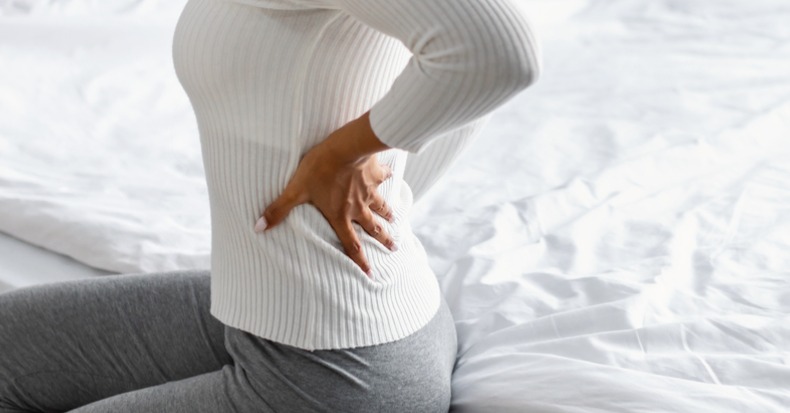
by Tejasvit Kour | Dec 7, 2022 | Back Pain
The thoracic portion of the spine the longest part of the spine and is made up of twelve vertebrae (T1-T12), which lies between the cervical spine (C1-C7) and the lumbar spine (L1-L5). The thoracic spine protects the very important spinal cord that begins in the brain...

by Tejasvit Kour | Nov 7, 2022 | Back Pain
Past research has shown that weak core muscles can affect spinal stability, which can increase one’s risk for low back pain. This is why low back pain patients are often advised to either become physically active or remain as active as possible, not only to aid in the...

by Tejasvit Kour | Oct 7, 2022 | Back Pain
Statistically, low back pain is a condition that will affect nearly 90% of people, and it’s both a leading cause of disability and the primary reason patients visit a chiropractor. In addition to manual therapies provided in the office (like spinal manipulation),...

by Tejasvit Kour | Sep 7, 2022 | Back Pain
The approach a doctor of chiropractic will take to manage low back pain will differ depending if the injury is new (acute), recent (subacute), or has persisted for three months or longer (chronic). Though some management tools overlap between each group, each stage of...

by Tejasvit Kour | Aug 7, 2022 | Back Pain
Functional loss is a term used to describe the inability to carry out necessary activities of daily living such as bathing, getting dressed, getting out of bed, standing up, walking, using the bathroom, and eating. According to experts, spinal pain is a leading cause...

by Tejasvit Kour | Jul 7, 2022 | Back Pain
Chiropractic care is a great conservative treatment option for the low back pain patient. While many patients visit a chiropractor to avoid progressing to surgery, there are individuals with a history of back pain who did opt for surgery but continue to experience...







